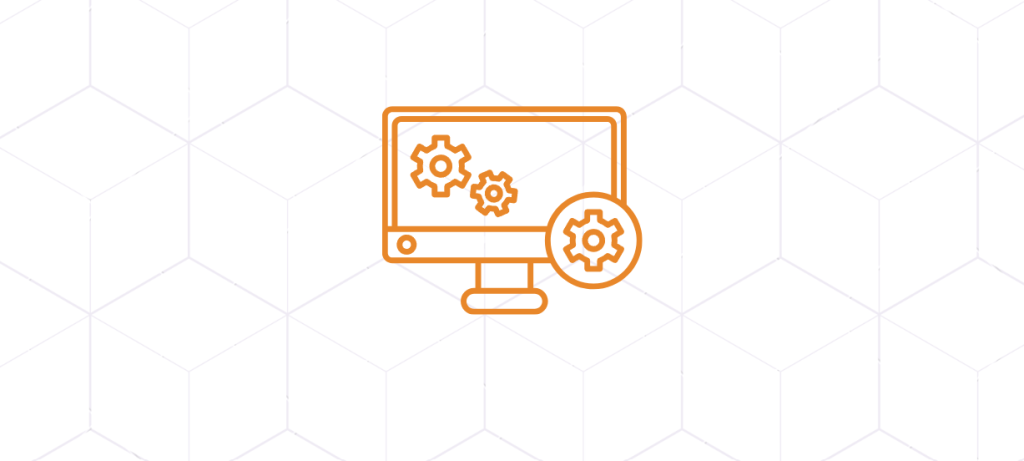
Turning Complex Vision into Scalable Software
Building a complex digital product is never about just writing code. It’s about translating intricate business logic, workflows, and goals into a functional, scalable system that delivers real value without breaking under the weight of its own ambition.
At DataPro, we specialize in full-cycle software development for projects that are too complex for cookie-cutter solutions. This is the story of how we took a sophisticated platform idea from inception to launch, navigating evolving requirements, integrating AI, and delivering a high-performance system that now supports thousands of users.
The Challenge: A Vision That Needed Structure, Strategy, and Speed
A product team approached us with an ambitious concept for a digital platform. It needed to serve multiple user types, support real-time collaboration, integrate AI for content automation, and maintain enterprise-level data compliance. The idea was promising, but the execution required careful orchestration.
The challenges included:
- A multi-layered role-based access control system
- Real-time document editing and collaboration
- AI-generated content and recommendations
- A complex data model spanning various use cases
- Integration with third-party APIs and services
- Scalable infrastructure to support growth
- Strict compliance with data privacy laws (GDPR, HIPAA)
They had no internal dev team and needed a reliable partner to build the entire system from product design to final deployment.
Our Approach: End-to-End Development with Strategic Thinking
We began with a structured discovery phase, collaborating closely with stakeholders to refine the core concept, define workflows, and align on the product’s goals and architecture.
Phase 1: Discovery & System Architecture
Our cross-functional team, product managers, architects, and designers mapped out the full scope of the platform, covering:
- User journeys for each persona
- Data architecture and relationships
- Permission management logic
- AI/ML integration points
- Performance benchmarks
- Key compliance needs
We created technical specifications, database schemas, and an infrastructure blueprint designed to scale with demand.
Phase 2: UI/UX Design
Given the complexity, clarity was everything. Our UX team worked to make the platform intuitive for all user roles. Using tools like Figma, we created:
- High-fidelity wireframes
- Clickable prototypes
- Interactive flows for each feature
- Accessibility-first layouts
Design iterations were validated through user testing, ensuring we built something not just powerful, but usable.
Phase 3: Backend Development
We built the backend using Python (FastAPI) with PostgreSQL as the primary data store. The architecture was modular, using microservices where needed, and containerized with Docker for portability.
Key backend features:
- Role-based authentication and permissions
- Real-time sync via WebSockets
- AI service orchestration for content and analytics
- Scalable job queue system for background tasks
- Integration with Stripe for payments
- Admin dashboard for internal ops
We implemented data encryption at rest and in transit, audit logging, and multi-tenant support.
Phase 4: Frontend Development
The frontend, developed using React and TypeScript, needed to be dynamic and responsive. We focused on:
- Real-time data updates via sockets
- Drag-and-drop interfaces for content creation
- Smart form validation with feedback loops
- Cross-device responsiveness (desktop, tablet, mobile)
- Accessible design for all user types
We ensured seamless UX between desktop and mobile using a shared design system and atomic component structure.
Phase 5: AI & Automation Layer
To deliver smart automation and personalization, we integrated AI in two core areas:
- Generative Content: We used GPT-based APIs to help users draft descriptions, summaries, and recommendations. This reduced user effort and boosted engagement.
- Behavioral Insights: Our analytics engine captured anonymized user behavior to feed a recommendation system, helping prioritize content and features per user type.
We wrapped this AI layer in an abstraction API, enabling rapid expansion as new models and tools became available.
Phase 6: QA, Testing, and Compliance
A project of this complexity demanded rigorous testing and compliance measures. We deployed:
- Unit and integration tests across all services
- End-to-end UI tests using Cypress
- Load and stress testing for high-traffic features
- Manual exploratory testing for edge cases
- Data privacy reviews and compliance checklists
We also implemented observability tools like Sentry and Prometheus to track performance, uptime, and bugs in production.
Phase 7: Deployment & DevOps
We used CI/CD pipelines via GitHub Actions to automate testing and deployments. The infrastructure ran on AWS, using:
- ECS for container orchestration
- RDS for PostgreSQL
- S3 for static assets and file storage
- CloudFront for global distribution
- CloudWatch for logging and alerts
We implemented staging and production environments, allowing seamless testing and updates.
Results: From Complex Scope to Market-Ready Product
Within months, we had delivered a fully operational platform that:
- Supported thousands of concurrent users
- Enabled real-time, AI-assisted workflows
- Met strict data privacy and security standards
- Offered seamless UX across roles and devices
- Was ready to integrate monetization features and scale further
The platform’s success came down to its architecture-first approach, deep collaboration with stakeholders, and the flexibility of our full-cycle team.
Why It Worked: Key Success Factors
✅ Collaborative Discovery
By deeply understanding the “why” behind the product, we ensured that every feature served a real purpose.
✅ Modular Architecture
We designed a scalable system that could grow without rework, saving time and money in the long run.
✅ Full-Cycle Team Ownership
Our team handled everything from design to devops, which reduced friction and sped up delivery.
✅ Smart Use of AI
We didn’t use AI for the sake of it, we used it where it could actually improve UX and provide measurable value.
✅ Agile Iteration
Thanks to our sprint model, we could react quickly to feedback, make improvements, and deliver consistently.
The DataPro Difference
Complex projects require more than talent, they require orchestration, ownership, and strategic clarity.
At DataPro, we don’t just write code, we build systems, solve problems, and turn complex ideas into working products.
Whether you’re launching a platform that spans multiple roles and features, integrating AI across user workflows, or building the next big SaaS tool, our team is built to help you succeed at scale.
Let’s make the complex feel simple.
Innovate With Custom AI Solution
- 12 Courtyard Pl,
Lexington, MA 02420 - (617)319-0174
- corp@dataprocorp.tech
